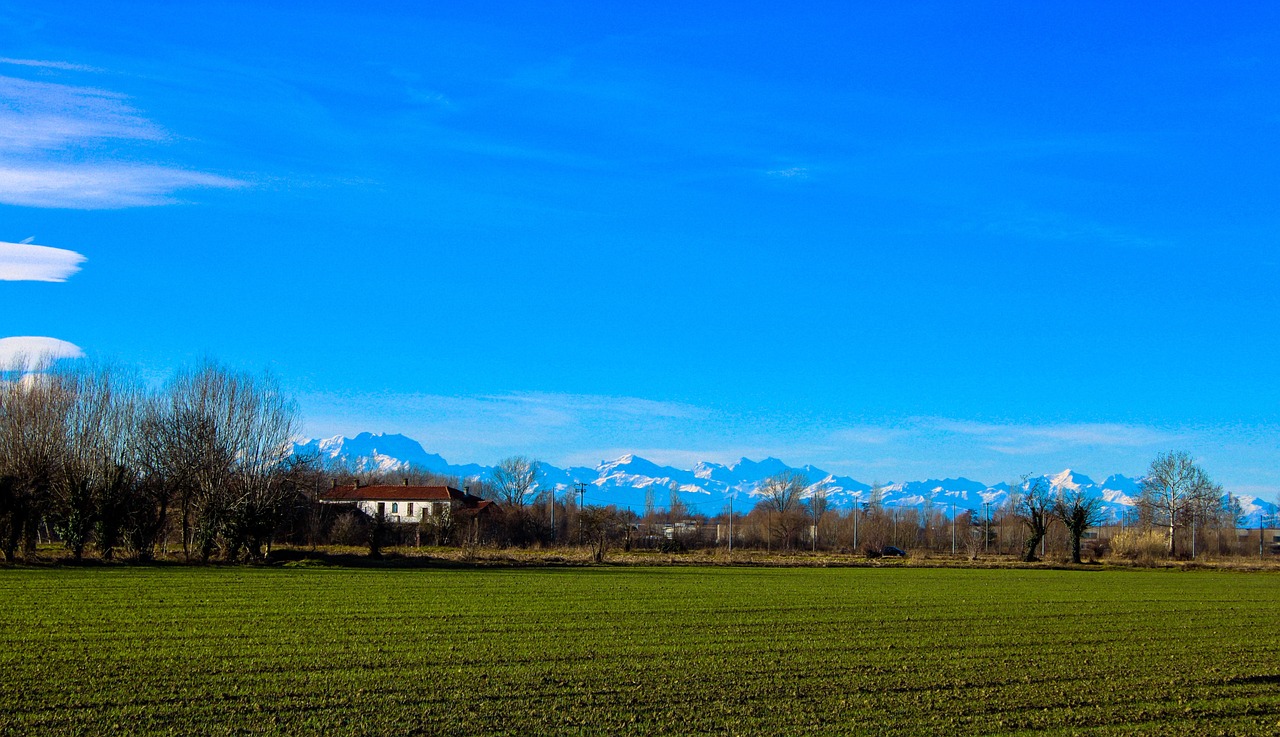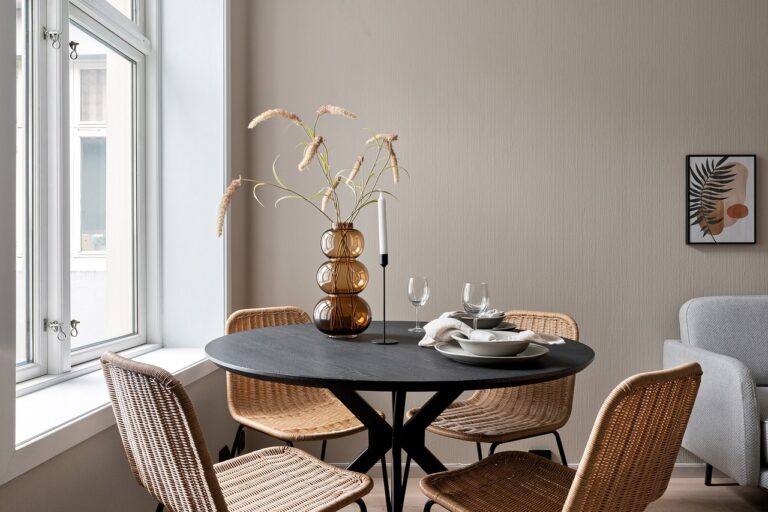The Role of Passive Solar Design in Energy-Efficient Homes
Passive solar design is a sustainable approach that utilizes natural elements to heat and cool buildings. By harnessing sunlight through strategic placement of windows and other design elements, passive solar design maximizes the use of solar energy for heating purposes during cold months. Additionally, this design technique minimizes the need for mechanical heating systems, reducing energy consumption and utility costs.
In warmer climates, passive solar design focuses on shading elements such as overhangs and deciduous trees to prevent excessive heat gain in the building. By strategically incorporating these features, passive solar design effectively keeps indoor spaces cool and comfortable without the need for constant air conditioning. Overall, the fundamental principle of passive solar design is to optimize the building’s orientation and design to naturally regulate indoor temperatures with minimal reliance on artificial heating or cooling systems.
Benefits of Passive Solar Design in Energy Efficiency
Passive solar design offers significant advantages in enhancing energy efficiency within homes and buildings. By effectively harnessing the sun’s natural heat and light, this design approach can significantly reduce the reliance on artificial heating and lighting systems. This not only leads to lower energy bills but also contributes to a more sustainable environment by decreasing overall energy consumption.
Additionally, passive solar design helps to maintain a more comfortable and consistent indoor temperature throughout the day and across seasons. By optimizing the building’s orientation, layout, insulation, and materials, passive solar design minimizes heat loss in the winter and prevents overheating in the summer. This results in a more pleasant and stable indoor environment for occupants, enhancing their overall comfort and well-being.
Key Principles of Passive Solar Design
Passive solar design relies on utilizing the natural elements of sunlight to regulate indoor temperature and lighting. To effectively incorporate passive solar design principles, orientation is crucial. Maximizing the building’s south-facing exposure allows for optimal sunlight penetration during the winter months when the sun’s path is lower in the sky, providing natural heating and reducing the need for artificial lighting.
Another fundamental principle is the strategic placement of windows and shading devices. Properly sized windows on the south side permit sunlight to enter the building, while overhangs or awnings can prevent excessive heat gain during the summer by shading the windows. This careful balance ensures a comfortable indoor environment year-round, increasing energy efficiency and decreasing reliance on mechanical heating and cooling systems.
• Proper orientation of the building to maximize south-facing exposure
• Strategic placement of windows on the south side for sunlight penetration
• Use of shading devices like overhangs or awnings to prevent excessive heat gain in summer
• Balance between natural heating and cooling to increase energy efficiency
What is passive solar design?
Passive solar design is an approach to building design that maximizes the use of natural sunlight and heat to reduce the need for artificial heating and lighting.
How does passive solar design work?
Passive solar design works by utilizing the sun’s energy to heat and light a building through strategic placement of windows, insulation, and thermal mass.
What are the benefits of passive solar design in terms of energy efficiency?
Passive solar design can significantly reduce energy bills by decreasing the need for heating and cooling systems. It also helps to reduce the overall carbon footprint of a building.
What are the key principles of passive solar design?
The key principles of passive solar design include orientation, insulation, ventilation, thermal mass, and shading.
How can I incorporate passive solar design in my home?
You can incorporate passive solar design in your home by ensuring that your windows are strategically placed to maximize sunlight, using insulation to retain heat, and incorporating thermal mass materials like concrete or tile.
Is passive solar design only suitable for certain climates?
Passive solar design can be implemented in a variety of climates, but certain adjustments may need to be made depending on the specific climate conditions.







